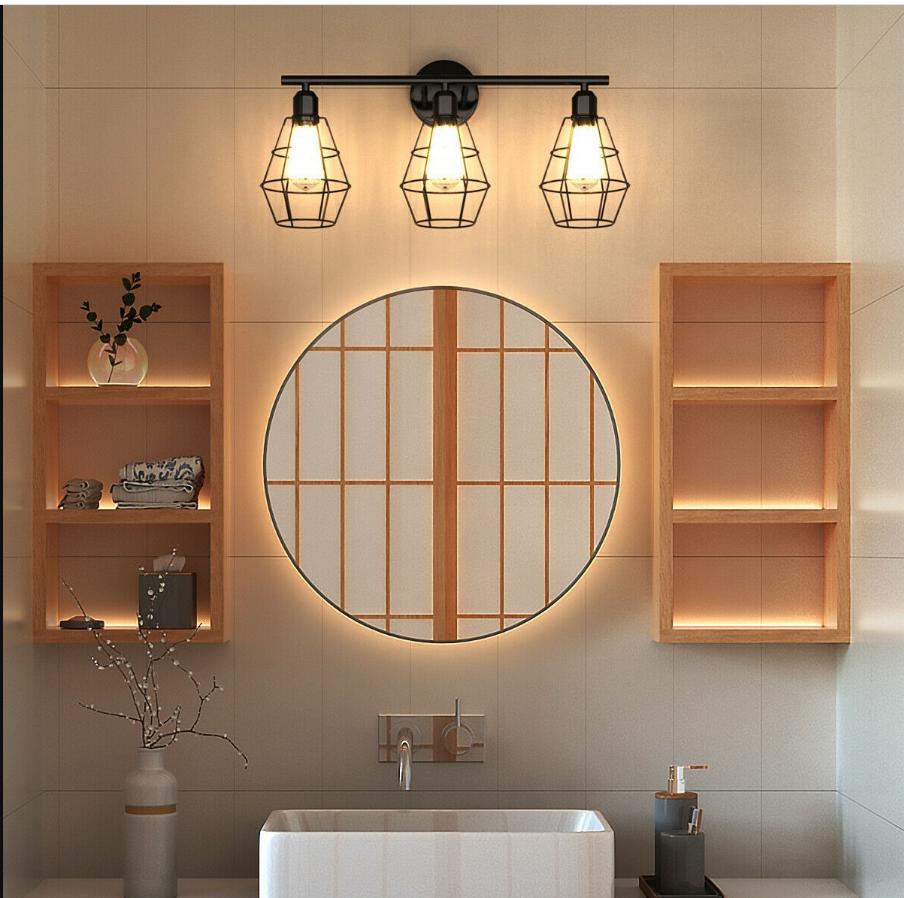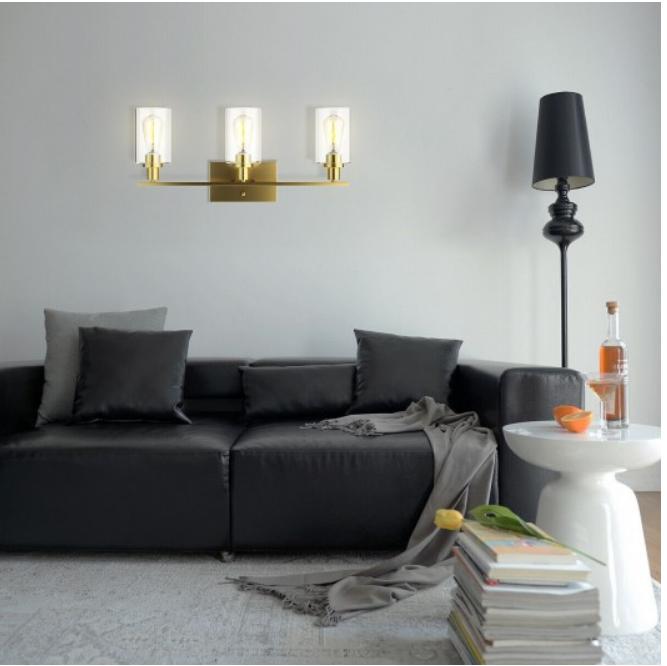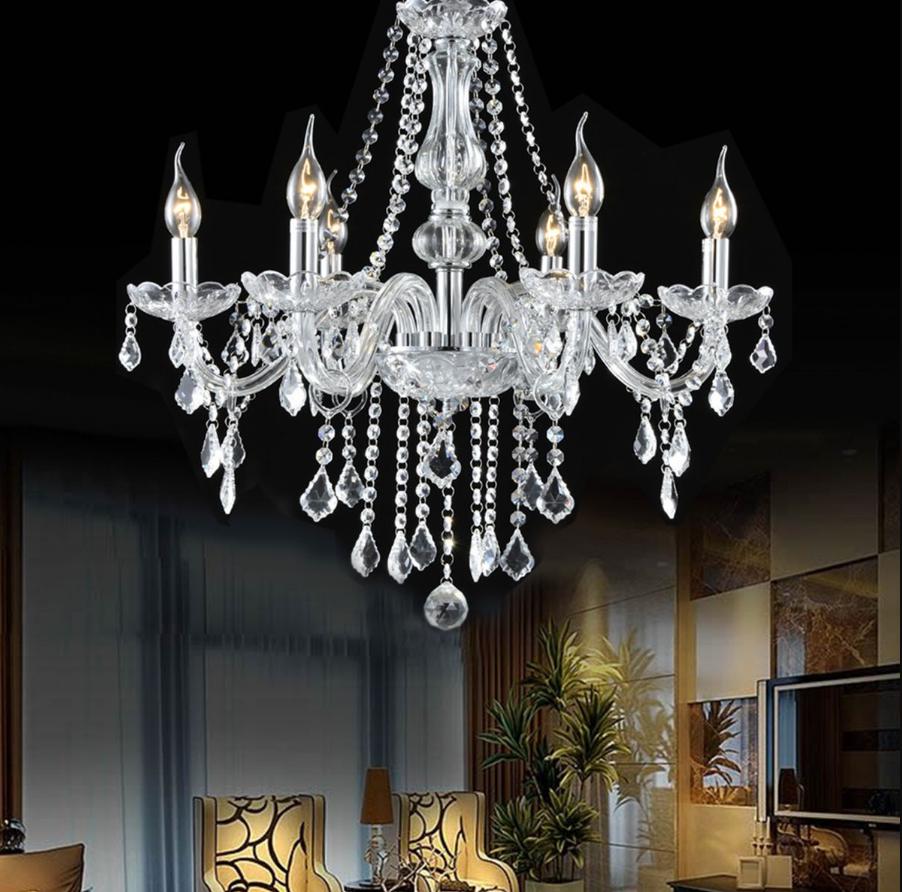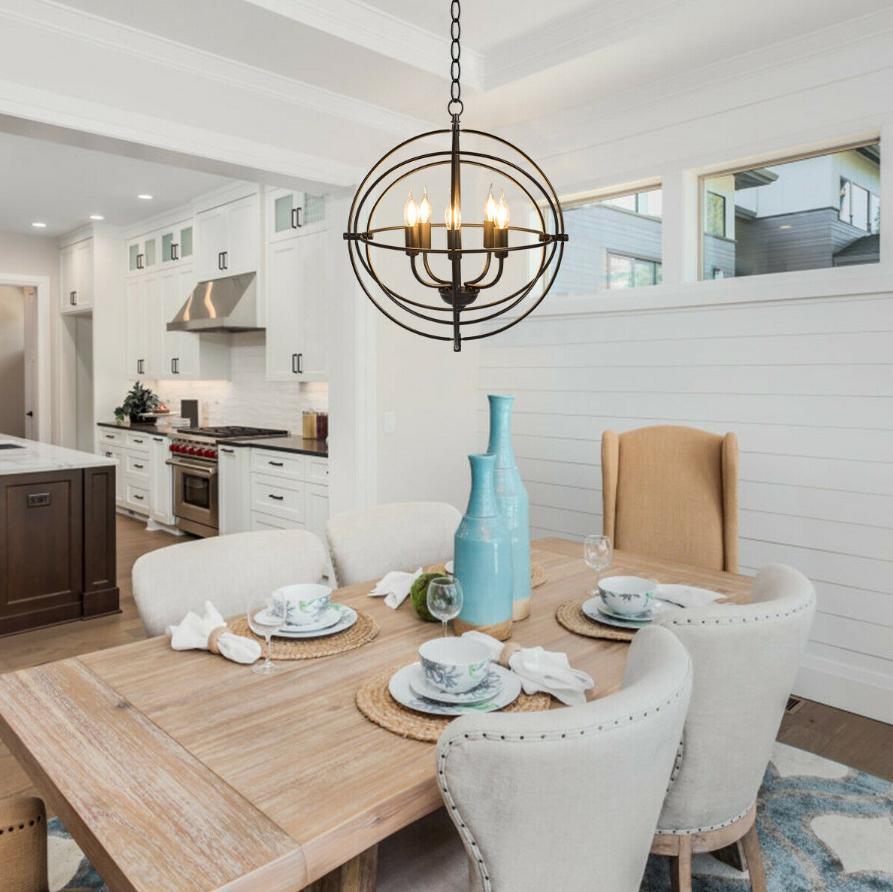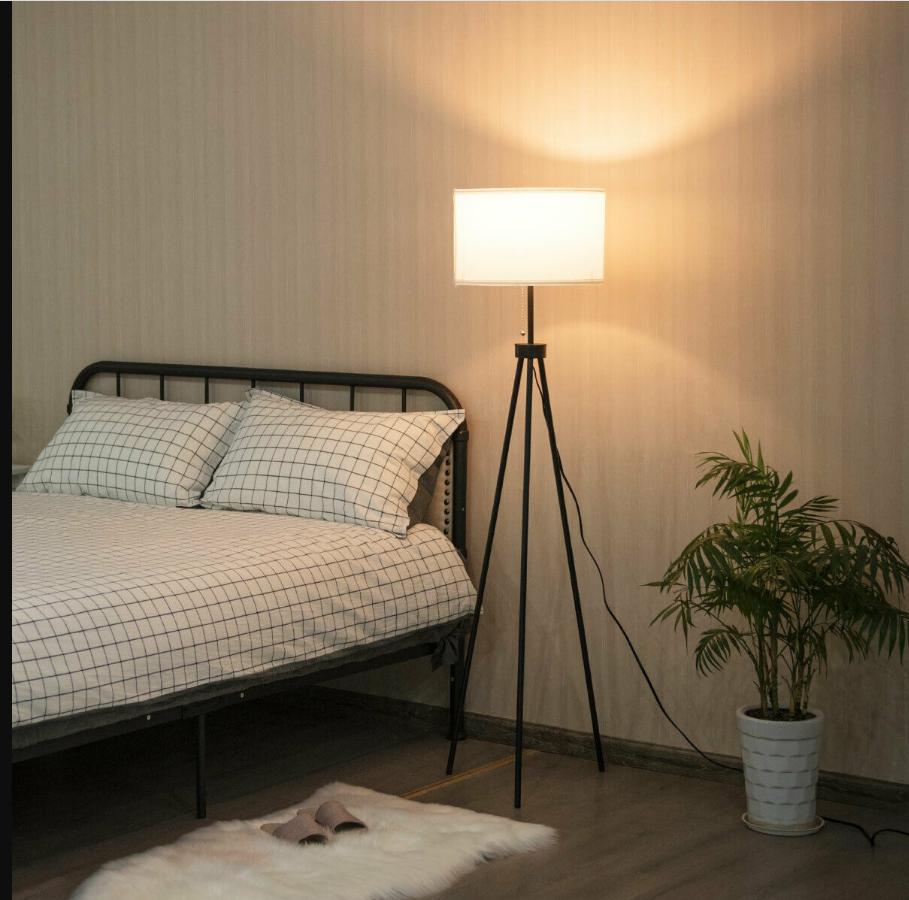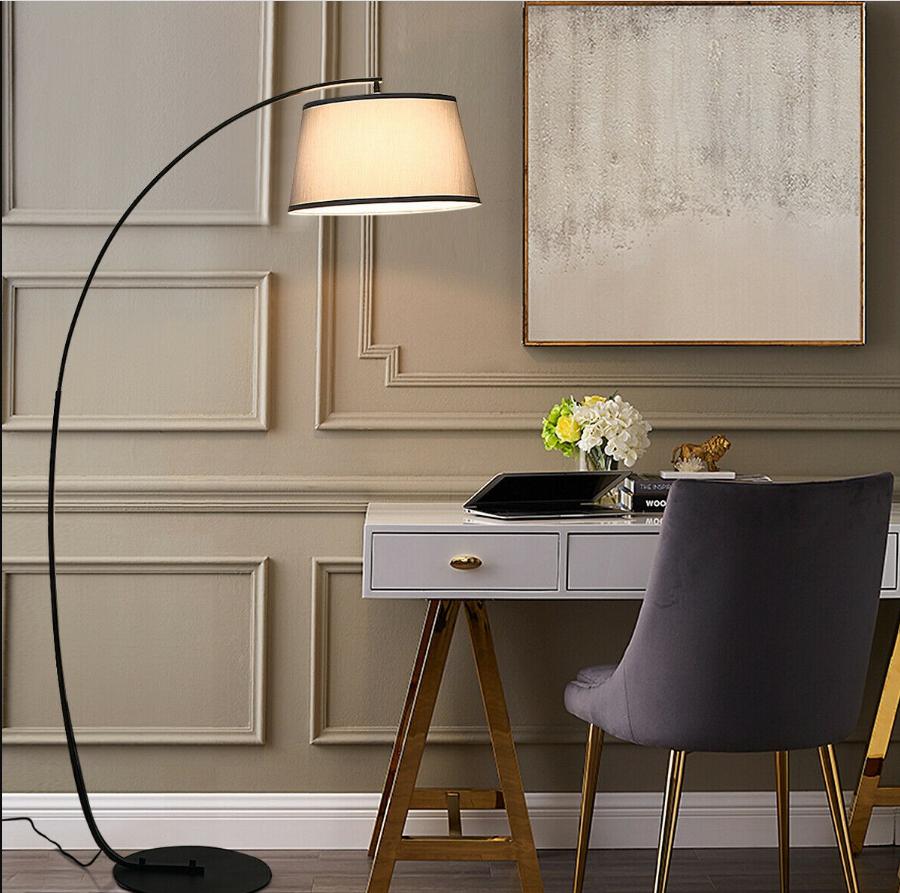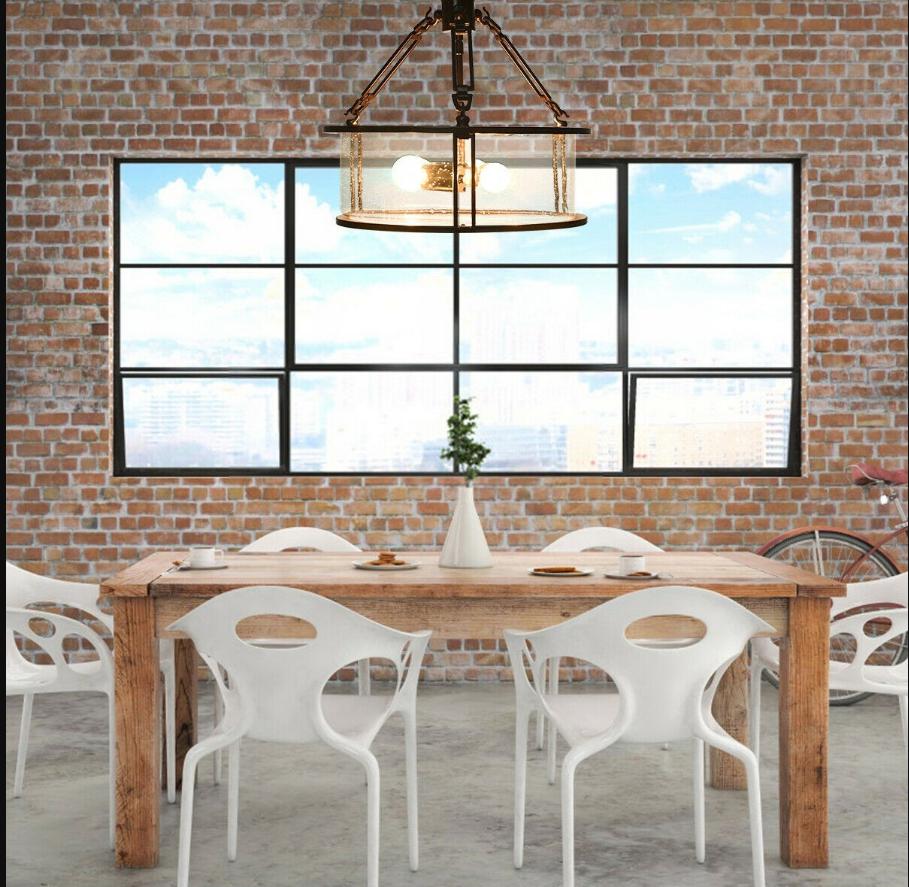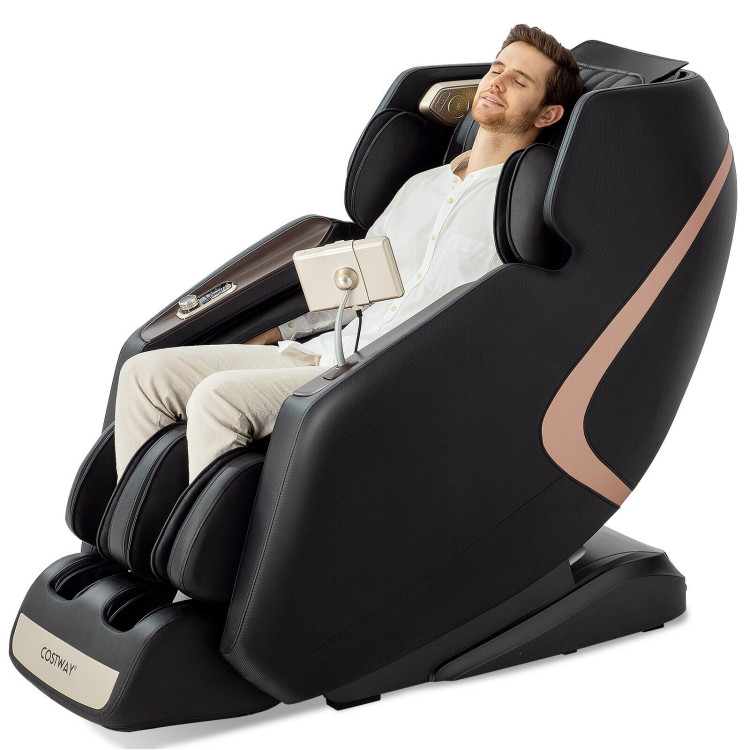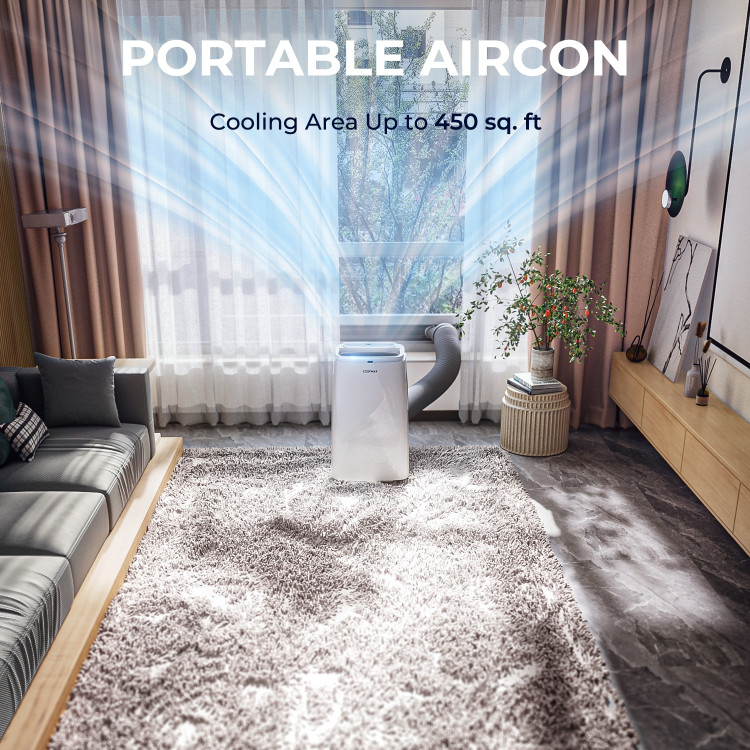The efficiency of the overall lighting scheme and its effect on mood also depend on the relationship between the main and the fill lights. If they are around the same intensity, the scene would be viewed as bright and cheerful. As the filling becomes less and less intense, the scene becomes more dramatic.
Our bodies are taking the cues from our environment, light and sun. We require sunlight to control our circadian rhythm, which serves as the internal clock of our body. For example, when a person is jet-lagged, it's mostly because their circadian pattern is thrown away. The body may believe it's 11 p.m. when it's really 3 p.m. Lighting will interrupt our body's normal rhythms, contributing to shifts in our energy levels, moods, and even the hormones we make. We depend on the internal clock to control internal processes, and our lighting plays a huge role in this.
Much like sunlight can help us more positive, experiments have found that warm, artificial light can make us feel feelings more intensely and also affect our decision-making. ... It is often believed that blue light decreases the amount of the melatonin hormone that makes us feel tired, which ensures that you feel more alert.
Brighter lighting can give rise to stronger feelings and a sense of vitality, while dim lights can have a soothing effect. Reddish or yellowish light, also referred to as "warm" illumination, produces a comforting or cozy feeling. ... An office with flickering or bright lighting can make people feel uncomfortable or stressed.
For most people, urban life requires spending most of the day in locked spaces, bathed in an amount of artificial and natural lighting. Yet, while artificial light has afforded man untold possibilities, it has also created some confusion in our bodies, which have developed over thousands of years to adapt to the stimulation of sunlight in the daytime and darkness in the night. This responsiveness to natural light is called circadian rhythm or loop, which explains the 24-hour hormonal cycle of almost any living being. Circadian rhythms are mostly determined by the absorption of light, but temperature and other influences also play a role in the process.
Research indicates that a decent amount of light increases mood and energy levels, while inadequate lighting leads to stress and other defects in the body. The volume and type of illumination specifically influences focus, appetite, mood, and many other facets of everyday life.
There are three subtle elements that need to be present: general, accent, and recessed lighting. Each of them is managed independently and provides a wide variety of feelings to identify with space. For example, you could add cove lighting in your living room, which could make the space feel bigger and draw attention to its design. However, by dimming these lights and using accent and job lighting, you can turn them into a more comfortable room with enough light to perform tasks.
Light influences our attitude, behaviour, and general well-being. However, its wavelength and quantity have various functions and effects on the brain, including the modulation of emotions and thinking. This means that small changes to the home or workplace lighting will make a lot a change in how a person feels and thinks.
